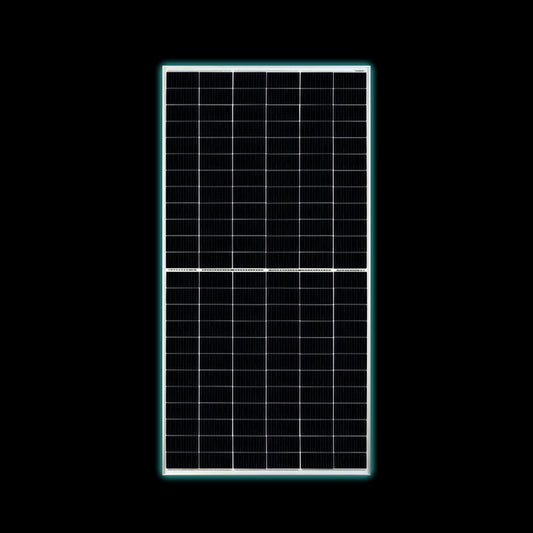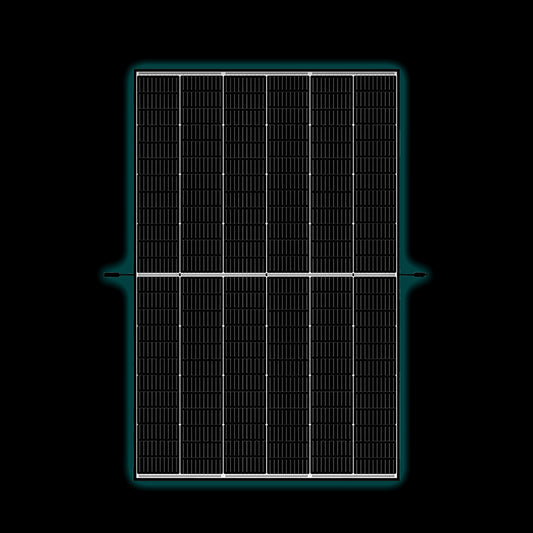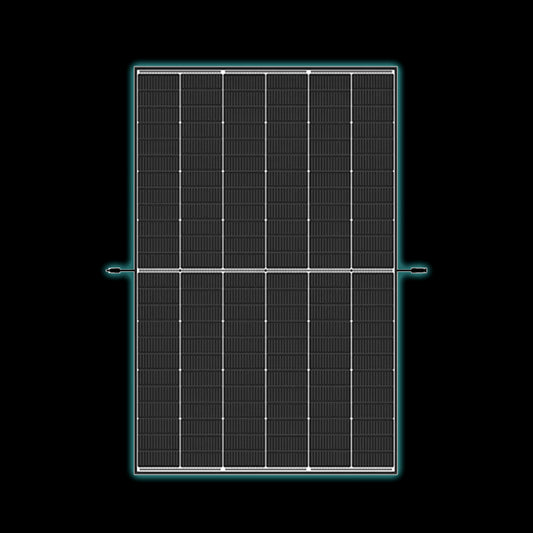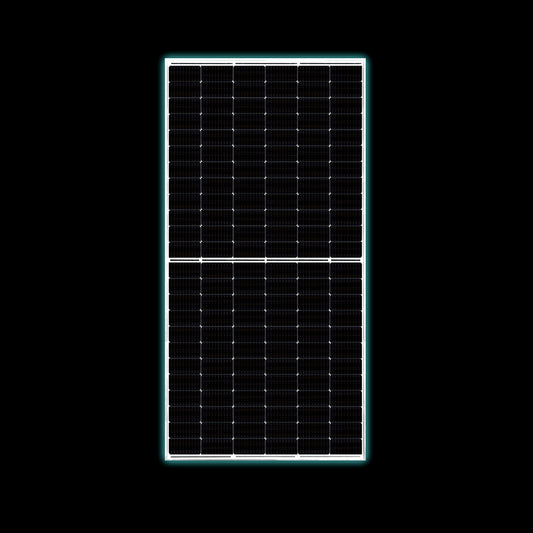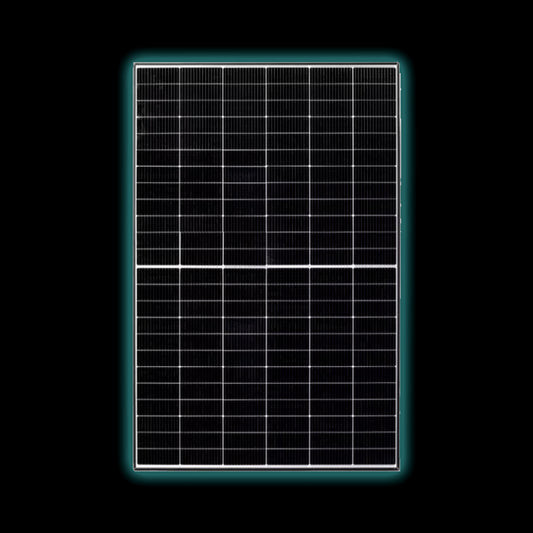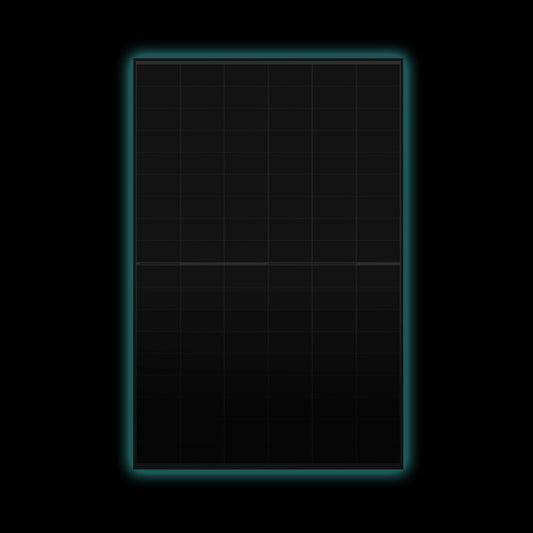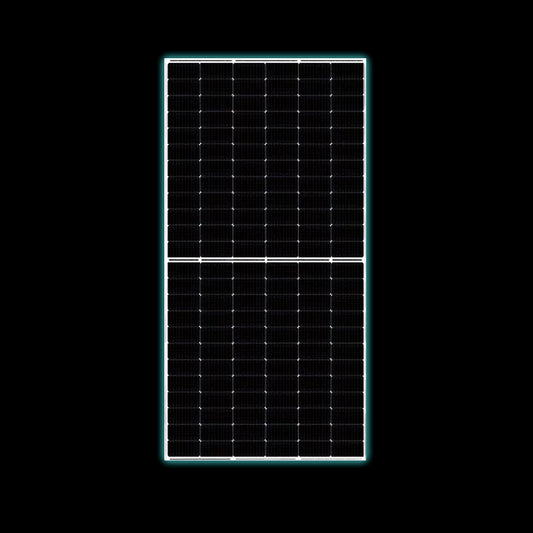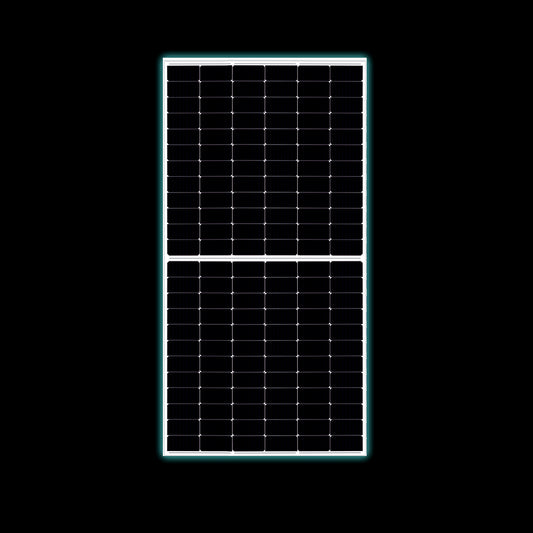When installing solar panels, the direction and angle at which they are positioned play a crucial role in maximizing their energy production. In South Africa, the ideal orientation and tilt depend on the region's unique sunlight conditions. Here is a simple guide to help you determine the best direction and angle for your solar panels in different South African regions:
1. Direction:
To capture the maximum amount of sunlight throughout the day, solar panels in South Africa should generally face towards the north. South Africa is located in the Southern Hemisphere, meaning the sun moves across the northern part of the sky. Aligning your solar panels towards the north ensures they receive the most exposure to sunlight during the day.
2. Tilt angle:
The optimal tilt angle for solar panels in South Africa varies depending on the region. It is typically recommended to position the panels at a tilt angle equal to your latitude for maximum energy production over the course of a year. However, here are some specific recommendations based on the different regions:
- Gauteng, Mpumalanga, North West provinces: A tilt angle of around 25 to 30 degrees is generally effective.
- Western Cape: For this region, a tilt angle of around 30 to 35 degrees is recommended, considering the lower sun angle during certain seasons.
- Northern Cape, Limpopo, Free State regions: A tilt angle of approximately 20 to 25 degrees is considered ideal due to their relatively higher solar radiation levels.
Keep in mind that these are general guidelines, and slight variations from them should not significantly impact the overall energy generation potential of your solar panels.
3. Seeking professional advice:
While this guide provides a general direction and angle suggestion for solar panel placement, it is crucial to consult with a professional solar installer or engineer to determine the specific optimal orientation and tilt angle for your specific location. Experts can conduct a site assessment, taking into account factors such as shading, roof structure, and local climate conditions to provide personalized recommendations.
4. Additional considerations:
Apart from the direction and tilt angle, other factors such as shading, roof orientation, and available roof space also need to be considered. Shading from nearby objects, such as trees or buildings, can significantly reduce the efficiency of solar panels. Ensuring unobstructed access to sunlight throughout the day is essential for optimal performance.
By positioning solar panels in the right direction and at the appropriate angle in line with South Africa's unique sunlight conditions, you can maximize their energy production potential. Remember to consult with professionals to determine the specific optimal orientation and tilt angle for your location, taking into account regional variations and site-specific circumstances. Properly oriented solar panels will help you harness the abundant sunlight in South Africa, contributing to sustainable and cost-effective energy generation.


